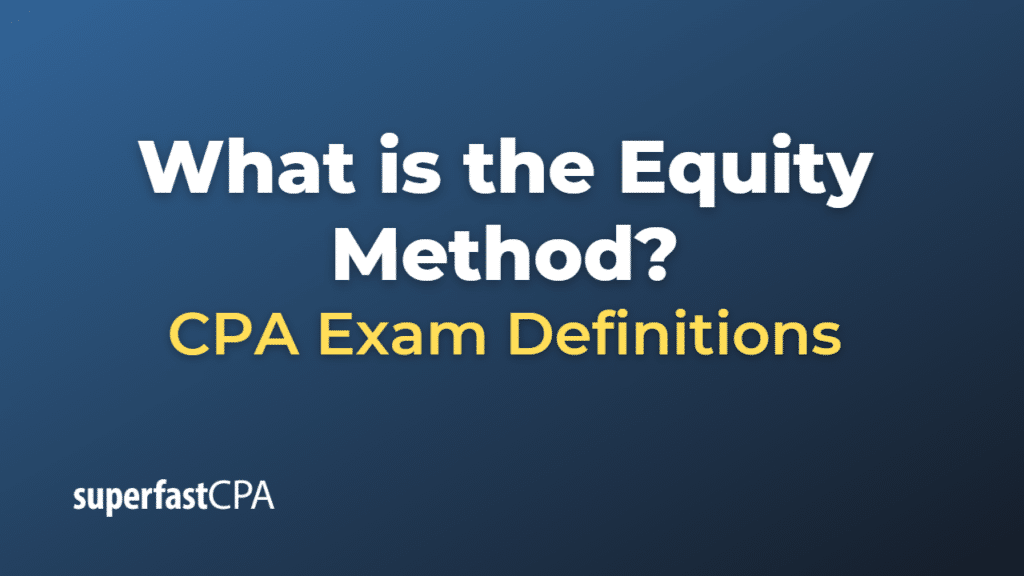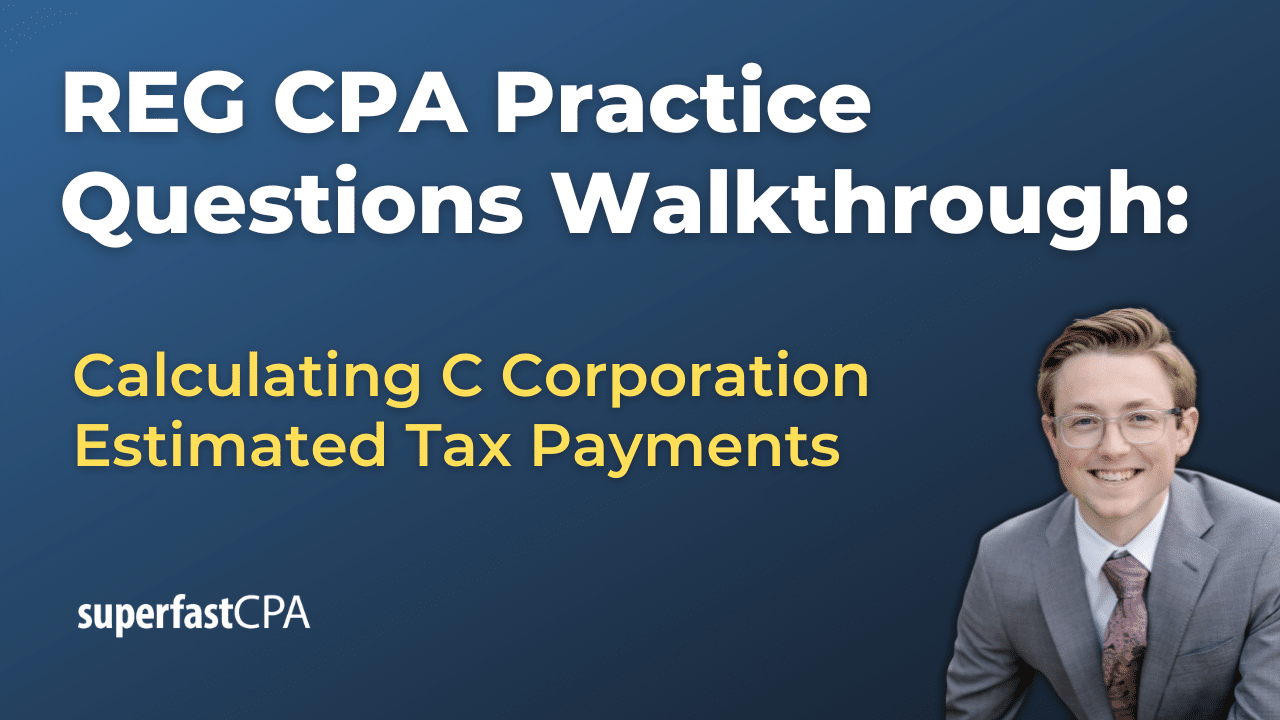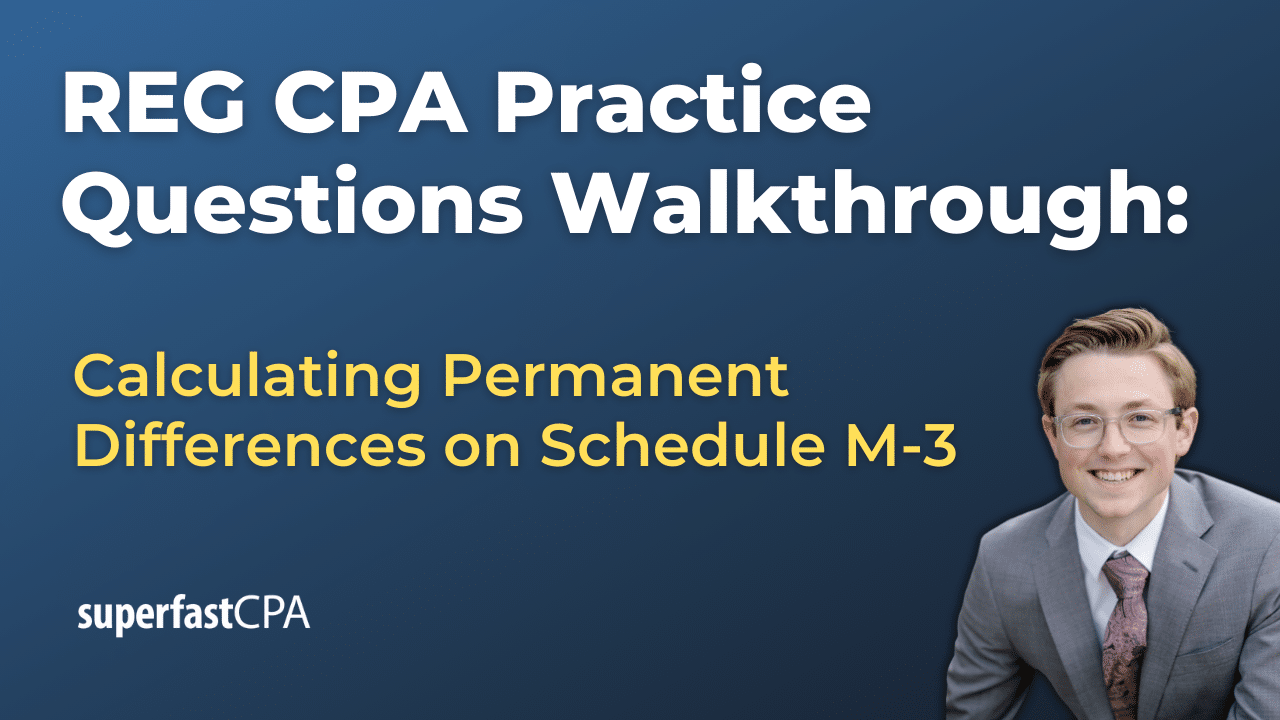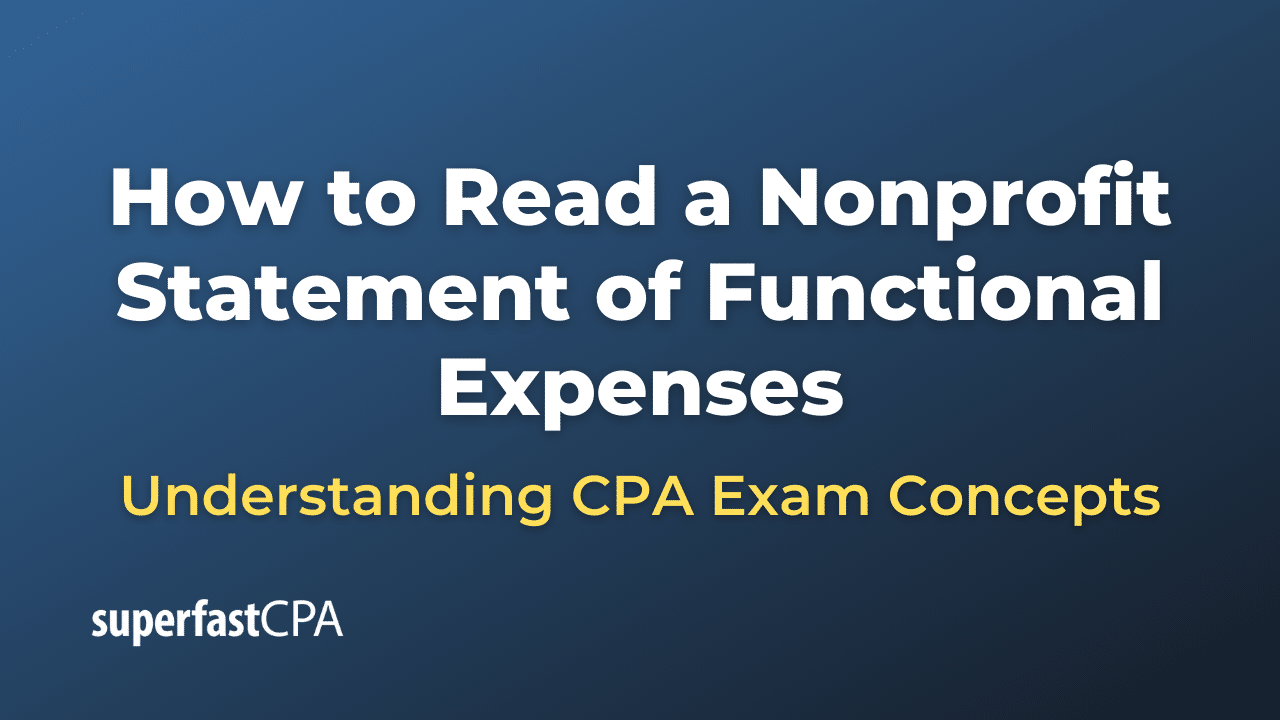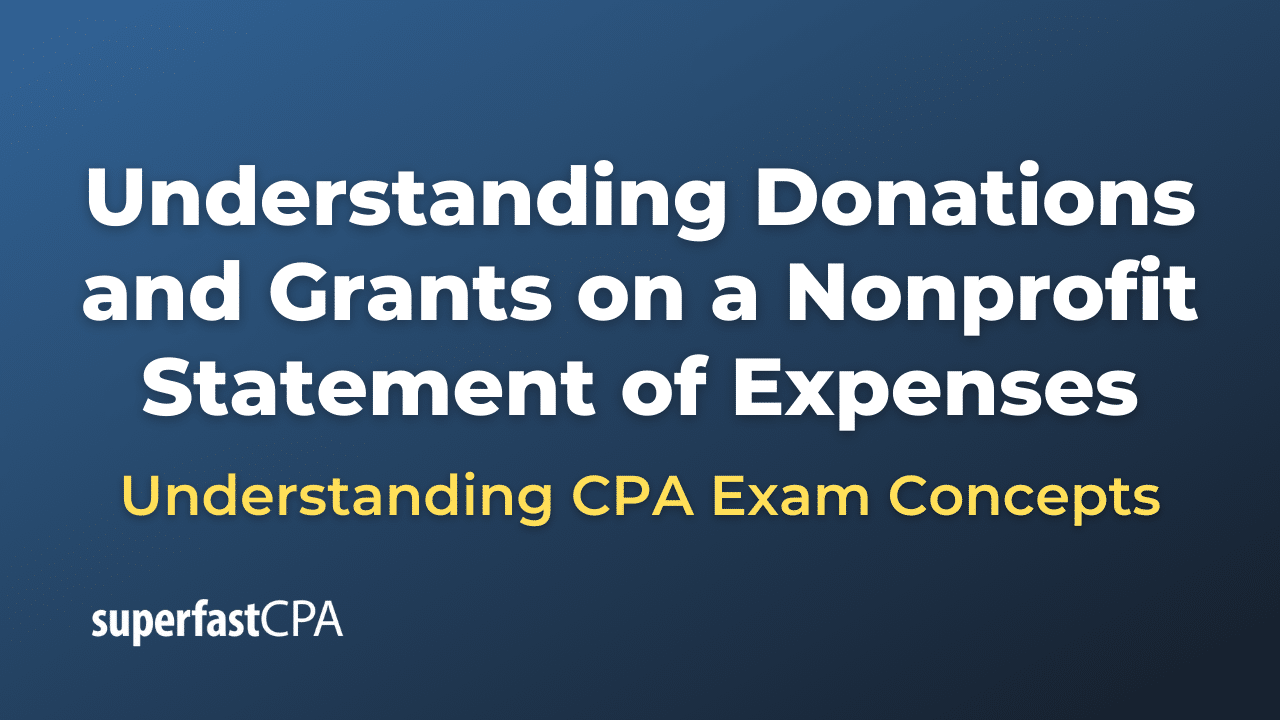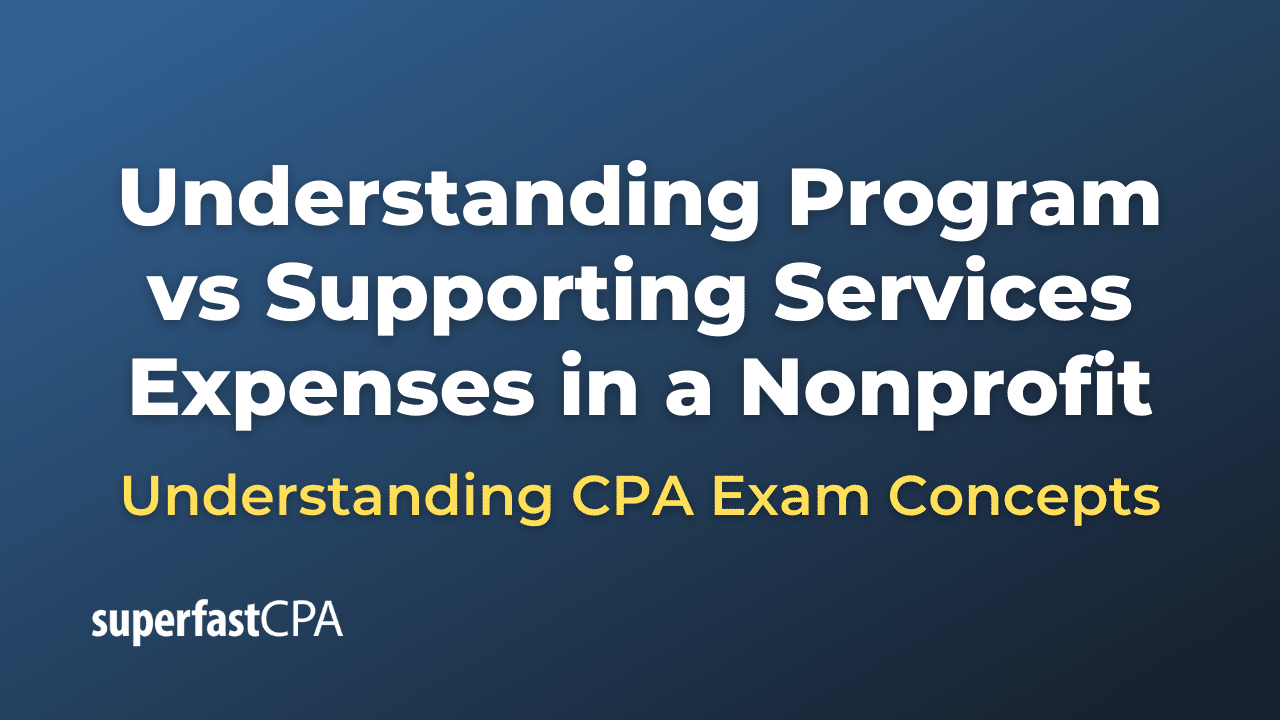Equity Method
The equity method is a way of accounting used by a company to record investments in other companies where the investor has significant influence over the investee but does not have full control, which is typically indicated by owning 20% to 50% of the company’s voting stock.
Under the equity method, the investment is initially recorded at cost and is then adjusted based on the investor’s proportionate share of the investee’s net income or loss. These adjustments also include dividends received from the investee, which reduce the carrying amount of the investment on the investor’s books.
Here’s a simplified process:
- Initial Investment: The investment is initially recorded at the purchase cost. This becomes the baseline for future adjustments.
- Income: If the investee company generates net income, the investor company increases the value of its investment. The amount of increase corresponds to the investor’s percentage of ownership in the investee.
- Losses: Conversely, if the investee company suffers a net loss, the investor company decreases the value of its investment by its share of the loss.
- Dividends: When the investee company pays dividends, the investor company reduces the carrying amount of its investment by the amount of dividends it receives.
The purpose of the equity method is to reflect the economic reality of the investment in the financial statements of the investor. Rather than focusing on the market value of the investment, which can fluctuate significantly, it emphasizes the underlying operating results of the investee and the cash returns to the investor.
Example of the Equity Method
Let’s illustrate the equity method with a simplified example:
Imagine that Company A purchases a 30% stake in Company B for $10 million. Here’s how it would account for this investment under the equity method:
Initial Investment: Company A starts by recording the $10 million investment in its balance sheet as an investment in Company B.
Income: Now, let’s say Company B earns $2 million in net income in the first year. Company A is entitled to 30% of that income, or $600,000, because it owns 30% of Company B. Company A increases the value of its investment by $600,000, to $10.6 million. It also records $600,000 as income from its investment in Company B in its income statement.
Losses: In the next year, suppose Company B reports a net loss of $1 million. Company A must decrease the value of its investment by its share of that loss, or $300,000 (30% of $1 million). This reduces the recorded value of Company A’s investment to $10.3 million. Company A would also record a $300,000 loss from its investment in Company B in its income statement.
Dividends: Now, let’s say Company B issues $500,000 in dividends at the end of the year. Company A is entitled to 30% of those dividends, or $150,000. When Company A receives these dividends, it reduces the recorded value of its investment by $150,000, to $10.15 million.
This is a simplified example, but it should give you a good idea of how the equity method works. The investor company adjusts the value of its investment based on its share of the investee’s earnings or losses and reduces the investment by the amount of any dividends it receives.

